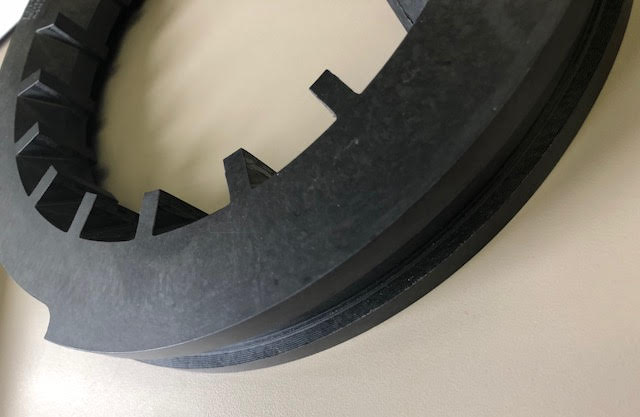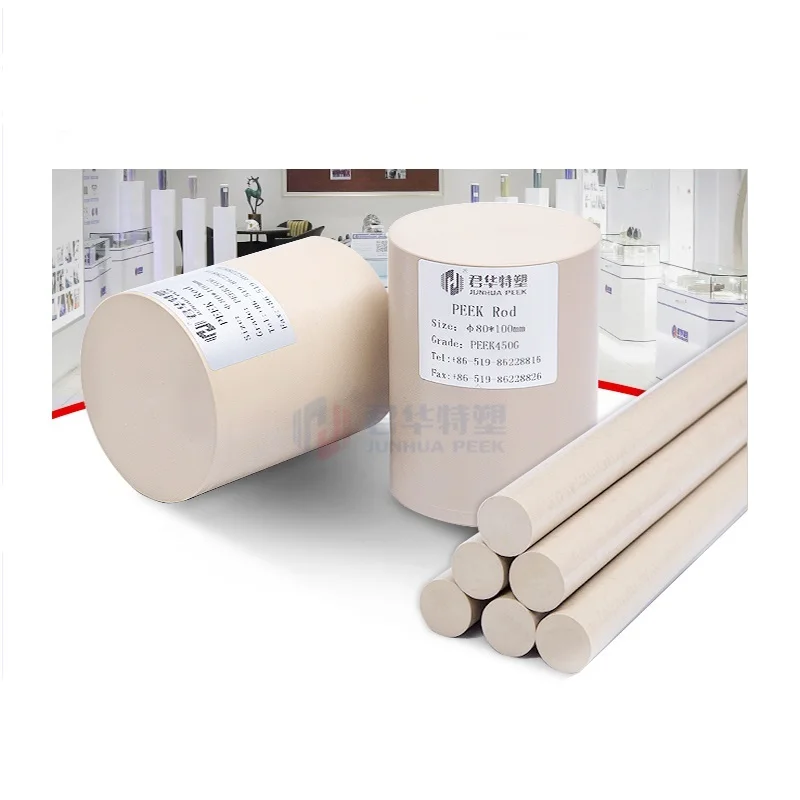
It can also be machined for small bearings, large sprockets, and liner systems. UHMW is ideal for applications where the coefficients of friction are high, such as in wear strips, belt scrapers, guides, and rollers.


UHMW is a cost-effective and versatile plastic known for its durability and machinability. It is also self-lubricating with extremely low moisture absorption, and it has the highest impact strength of any thermoplastic polymer presently on the market. Ultra High Molecular Weight Polyethylene is another thermoplastic that exhibits a very low coefficient of friction, along with 10 times the resistance to abrasion than carbon steel. pDCPD is widely used in commercial and industrial applications around the world, such as for body panels for cars, trucks, buses and all types of parts of off-highway equipment and machinery. As a material, its features offer unlimited freedom of design for finished products. Its excellent surface quality is abrasion resistant, reduces friction, and increases its paintability and glue adhesion. Its exceptional mechanical properties such as high temperature and corrosion resistance make it ideal for manufacturing of large specialty-shaped parts. This thermoset resin has elasticity and is lightweight, but is also extremely impact and corrosion resistant. Polydicyclopentadiene, or simply pDCPD, is a liquid plastic raw material with excellent abrasion resistance and low-friction. It is also a favorite choice for chemical processing and oil and gas companies. Because of its biocompatibility, high strength and modulus that approximates the human bone, PEEK has been used in such procedures as spinal implants and skull reconstruction. Unfilled grades are highly resistant in chemically aggressive environments. When reinforced with PTFE graphite and carbon, it is one of the strongest polymers available at room temperature. It is useful at temperatures up to nearly 500 degrees Fahrenheit and self-extinguishes in heat and fire, making it highly recommended for use in electrical components with high continuous service temperatures, e.g. Its impressive durability and performance in punishing environments make it a choice material for components across a wide variety of industries. PEEK is a thermoplastic known for its naturally low-friction material, and well-rounded abrasive and fatigue wear resistance. PEEK, UHMW, Acetal, and pDCPD are all good examples of ‘hard wearing,’ abrasion resistant plastics with low-friction that can be used in applications that require high performance and superior mechanical properties. The wear resistance of plastic material used for industrial components must be able to perform, but also endure, in real-world applications under the most abrasive conditions. The range of coefficients of friction is near zero to greater than one, with the higher number having the greater force of friction, e.g., rubber on pavement.

The coefficient of friction is a term that measures the ratio of the force of friction when two surfaces interact with a numerical value.

Friction is a measure of the resistance to motion and loss of energy when two surfaces interact. Wear of any material is the measurement of loss that occurs under-recorded loads, speeds, temperatures, and surface roughness.Ībrasion is a type of wear that causes the material to deteriorate by means of friction when they rub or slide against each other. Wear and friction are two properties that interact with solid surfaces that, over time, result in the deforming of a component and the loss of material. Plastics that are abrasion resistant are designed to retain their appearance, and also reduce costs associated with maintenance, wear and tear, and the subsequent system downtime that would follow. Plastic components that require contact with mating surfaces must offer outstanding resistance to wear, along with displaying long life and high performance under constant friction. Abrasion-resistant plastics with a low coefficient of friction are highly sought after materials for use in a wide variety of industrial applications.


 0 kommentar(er)
0 kommentar(er)
